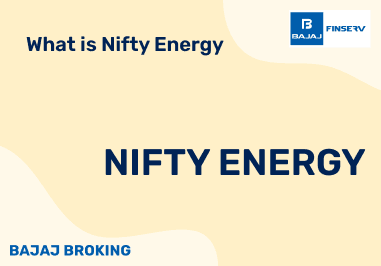What is India VIX or India Volatility Index?
The India VIX, also known as the India Volatility Index, measures expected volatility in the Indian stock market for the next 30 days. Derived from Nifty 50 options prices, the India VIX reflects market expectations of price fluctuations. A higher India VIX suggests increased uncertainty and fear, indicating that larger, more unpredictable price movements are expected. Conversely, a lower India VIX signals market stability with reduced volatility.
Often referred to as a "fear gauge," the India VIX helps traders and investors assess market sentiment. When the India VIX rises, traders expect higher volatility, often during times of economic or political uncertainty. A drop in the India VIX signifies more confidence in the market, leading to increased risk-taking by investors.
The India VIX Index is a critical tool for options traders, as rising volatility impacts options pricing, often increasing premiums. A spike in the India VIX often correlates with a decline in the Nifty 50, while a fall in the VIX suggests a potential rally. This inverse relationship makes the India VIX an important indicator for predicting market movements and managing risk.
The India VIX is essential for understanding market volatility, helping both short-term traders and long-term investors make informed decisions by assessing risk and predicting potential market shifts.
What is market volatility?
Market volatility reflects how quickly and significantly the price of a particular security increases or decreases over a defined time frame. A highly volatile market is characterized by rapid and unpredictable price changes, whereas low volatility suggests more stable prices. The India VIX, also known as the India Volatility Index, measures the market's expectation of near-term volatility. Investors and traders use the India VIX Index to gauge the potential risk or uncertainty in the market. A rise in the India VIX suggests increased fear or uncertainty, while a drop implies confidence or reduced market fluctuations. Understanding the India VIX helps investors make informed decisions, as the index is closely linked with the Nifty 50. It plays a crucial role in options trading and hedging strategies.
How to interpret rises and falls in India VIX?
The India VIX, or India Volatility Index, is an essential indicator for measuring market sentiment and predicting future price swings in the stock market. When the India VIX rises, it signals increased volatility, indicating that investors expect larger and more unpredictable price movements in the market. Such rises typically occur during periods of economic uncertainty, geopolitical tensions, or when markets are experiencing downward pressure. A rising India VIX reflects growing fear or concern among traders, leading to more defensive investment strategies, like shifting to safer assets or hedging against potential losses.
On the other hand, a fall in the India VIX suggests a decrease in expected market volatility. This can be interpreted as a signal that investors are more confident about stable market conditions, and price fluctuations are likely to be more controlled. A declining India VIX often occurs in times of positive market sentiment, economic stability, or recovery from previous downturns. Traders interpret a falling India VIX as an opportunity for higher-risk investments, expecting fewer abrupt market movements.
What is the relation between India VIX and Nifty?
The relationship between the India VIX and the Nifty is inverse in nature. The India VIX, or India Volatility Index, measures the expected volatility in the market based on Nifty 50 options. When the India VIX rises, it generally indicates that investors are expecting increased market volatility, often resulting in a decline in the Nifty 50. A rising India VIX signals market uncertainty, fear, or bearish sentiment, leading to potential downward pressure on the Nifty. This is because, as the India VIX Index increases, traders and investors anticipate larger swings in prices, which often means they move towards safer assets or reduce exposure to riskier stocks, putting downward pressure on Nifty.
Conversely, when the India VIX falls, it indicates that market participants expect lower volatility and greater stability, which often correlates with an upward movement in the Nifty. A declining India VIX Index reflects investor confidence and optimism, reducing the perceived risk in the market. As volatility decreases, the Nifty tends to rise as traders and investors feel more comfortable holding riskier assets.













